Paddy Farming: Traditions, Sustainability, and Food Security
23 Jan 2024 By: Rohit Kumar Karnataka, Bangalore 560043

Over dividend of the world’s population is fed by paddy, the inconspicuous green blanket that covers enormous stretches of land. Paddy farming is more than just growing grains; it’s a complex fabric made from long-standing customs, cutting-edge methods, and the delicate finishing act of food security. Explore the world of paddy, its cultural legacy, its role in a sustainable future, and its crucial function in nurturing the globe as we dig into this interesting topic.
Holding Tradition: A Cultivated Legacy

The history of paddy farming is long and varied, with techniques being passed down through the years. The cycle of growing, nurturing, and harvesting is celebrated via elaborate ceremonies and jubilees in Asia, the birthplace of rice production. Paddy’s hemoglobin, water, is revered and frequently personified as spirits or deities. Before relocating the seedlings into the flooded paddies, farmers painstakingly prepare the fields. The fields are alive with the regular dance of weeding, pest control, and water management, which is evidence of the competence and pressure of paddy farmers.
Rice’s Enchanted Journey: From Seed to Supper
The tiny seed that becomes a hot bowl of goodness is the remarkable journey of rice, the humble grain that feeds more than half of the world’s population. Let’s examine the complex procedures and deep cultural importance involved in growing this essential crop.
1. Planting Seeds:
- The process of germination starts with carefully chosen seeds being soaked in water to encourage their growth. Think of little green sprouts that are just waiting to get started on their journey.
- Nursery Magic: After sprouting, the seeds relocate to a protected nursery where they are fed by water and sunlight. Consider this to be a kindergarten for young rice plants, getting them ready for the big outside.
2. Readying the Field of Paddy:
- Field Prep: It’s time to change the scenery! Even distribution of water is ensured by carefully leveling fields, frequently by hand. Imagine expert farmers creating works of art out of the soil.
- Water, the Lifeblood: When water appears, happiness is in the air. The paddy fields turn into glistening mirrors of emerald, ready to hold the seedlings.
3. Hands in a Dance: Transplanting
- Moving Day: Farmers transfer the baby rice seedlings from the nursery to the flooded fields using delicate fingertips. It’s a deft ballet of exact motions that guarantees ideal development and spacing.
- Encouraging Growth: Water levels are constantly checked to make sure they are at the ideal level for strong root growth. Imagine the water as a soft hug that helps the plants to erect themselves.
4. Caring for the Plant:
- Weed Warriors: Farmers fight weeds that are in competition with valuable resources and are unwanted visitors. Pulling weeds turns into a meditative routine that keeps the rice healthy.
- Pest Patrol: Destructive pests are kept at bay by organic methods and natural predators. It strikes a harmonious balance between safeguarding the crop and avoiding environmental damage.
5. Bounty Harvest:
- Golden Glory: The rice fields turn into a golden sea as the weeks pass by. A plentiful crop is promised by the way that ripe grains sway in the breeze.
- Reaping the Benefits: Sickles collect the priceless grains as they dance across the fields. It’s a time for celebration, a tangible representation of the farmers’ toil and devotion.
6. From Cereal to Supper:
- Threshing Time: Conventional techniques, such as threshing with a bamboo stick, are frequently used to separate rice grains from their stalks. With every pulse, the prospect of sustenance resounds.
- Milling Magic: The beloved pearly white rice is revealed once the husks are removed. It’s a change from coarse to fine, fit to fill bowls upon bowl.
varieties of paddy(Rice)
1. Basmati Rice:
Known for its thin, fluffy grains and aromatic undertones, basmati rice is the fragrant king of rice. Perfect for fluffy side dishes, biryanis, and aromatic pilafs.
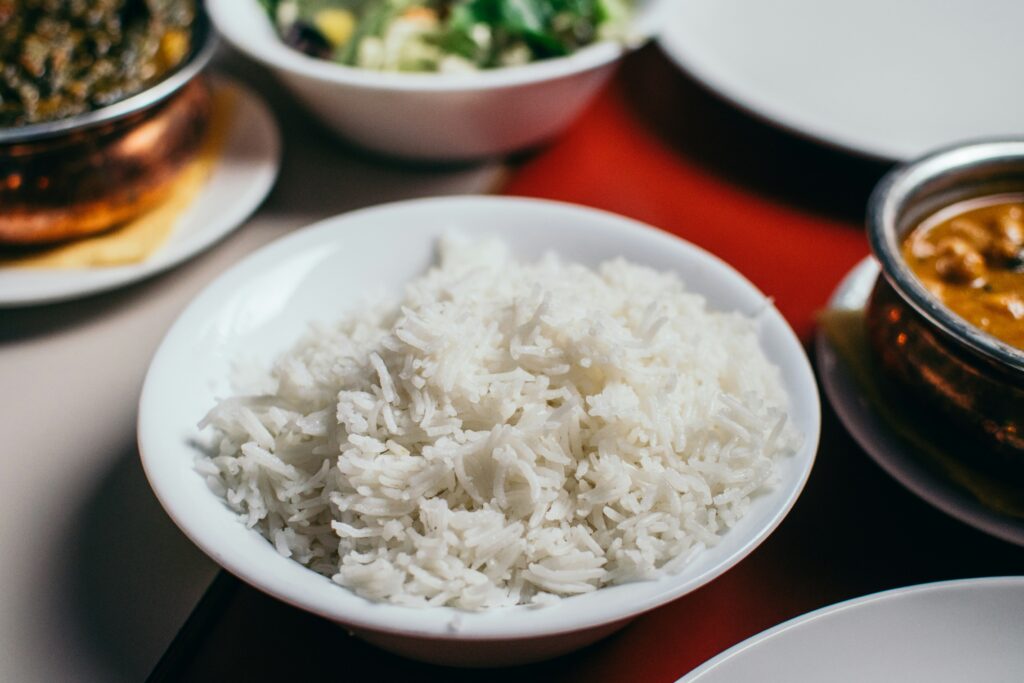
2. Black Rice:
Packed with antioxidants and characterized by a unique earthy flavor, black rice brings nutritional and visual drama to stir-fries, salads, and soups.
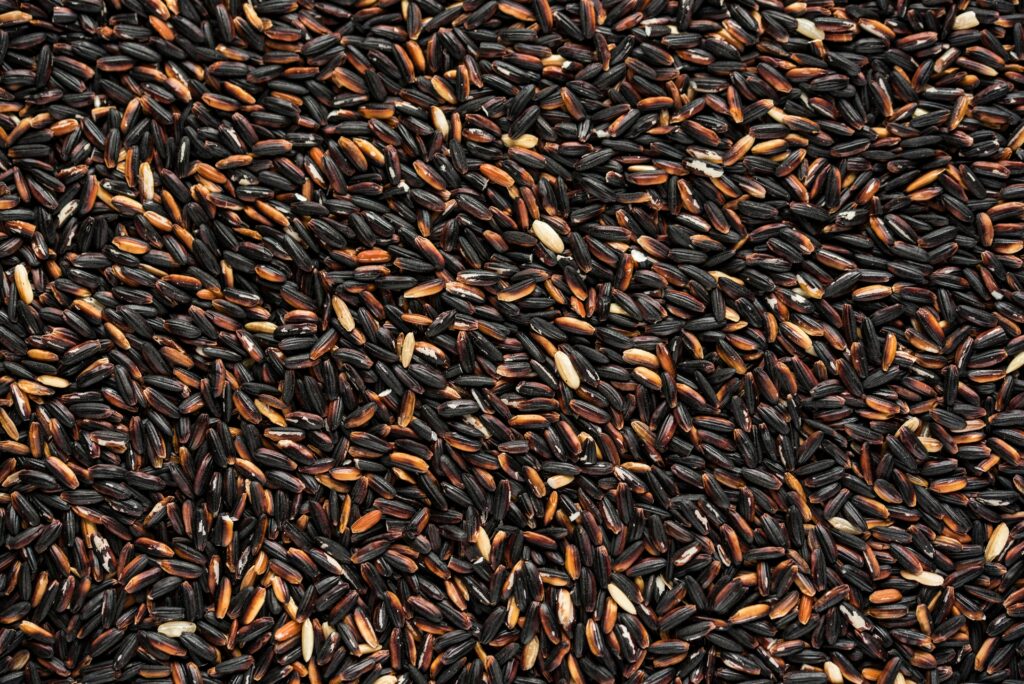
4. Jasmine Rice:
Its floral scent enhances the flavors of Southeast Asian foods like Pad Thai and curries. Jasmine rice is fragrant and slightly sticky.
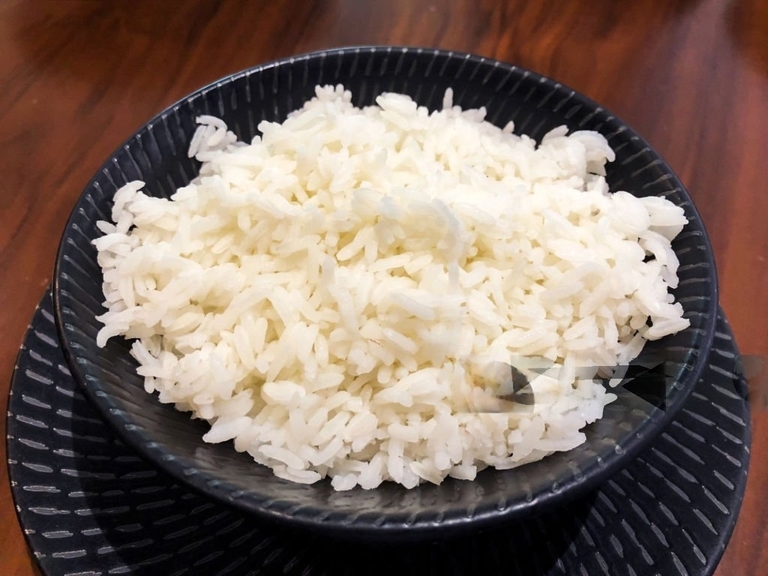
5. Konjac Rice:
Made from konjac fiber, this low-calorie substitute has a chewy texture, neutral flavor, and is not actually rice. Perfect for individuals looking to bulk up meals or dieters.
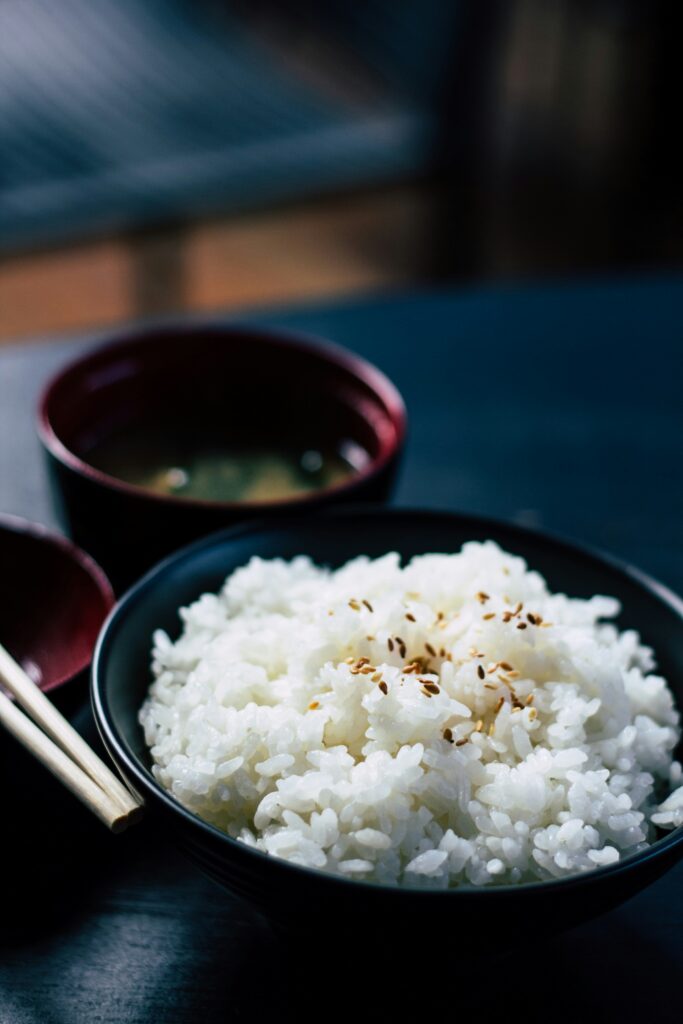
6. Sticky Rice:
Also referred to as glutinous rice, this short-grain kind turns extremely sticky when cooked and is ideal for desserts like mango sticky rice, sushi, and dumplings.
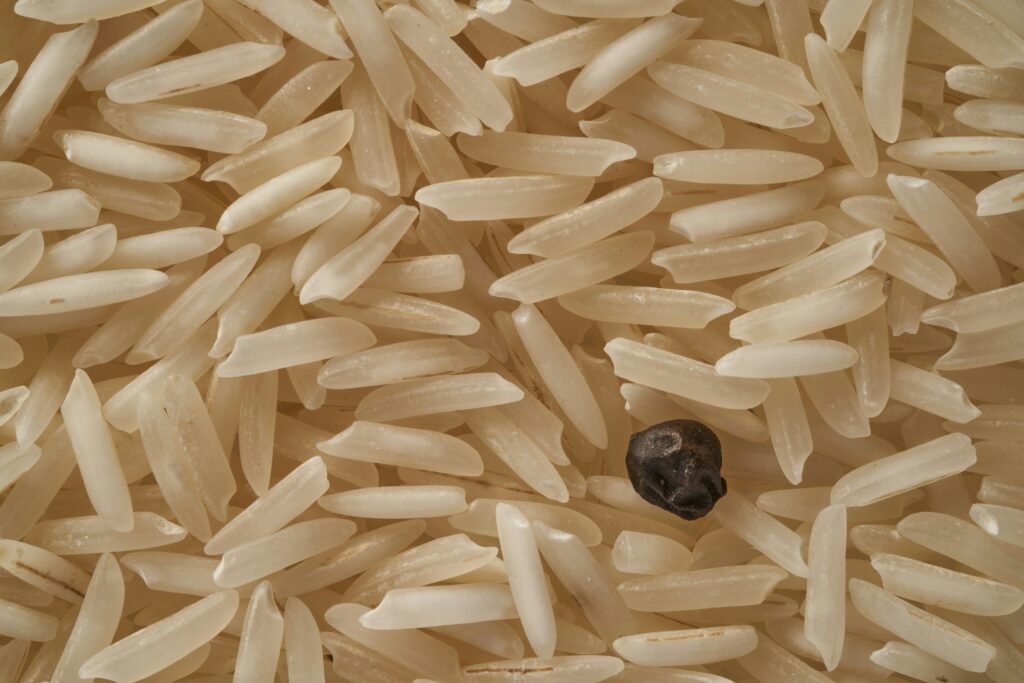
Nutritional Information of Different Types of Rice (per 100g)
| Rice Type | Calories (kcal) | Carbohydrates (g) | Protein (g) | Fat (g) | Fiber (g) |
|---|---|---|---|---|---|
| Basmati Rice | 191 | 43 | 4.2 | 0.6 | 0.6 |
| Black Rice | 345 | 75 | 8.9 | 2.2 | 4.9 |
| Jasmine Rice | 130 | 28 | 2.6 | 0.3 | 0.6 |
| Konjac Rice | 10 | 2 | 0.5 | 0 | 3.5 |
| Sticky Rice | 130 | 28 | 2.6 | 0.3 | 0.6 |
Hii
Thanks